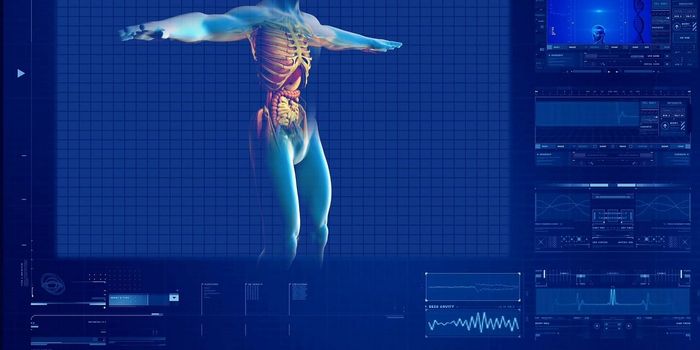Plants & Animals
The Chameleon, Master of Cell Signaling
APR 24, 2014 12:00 AM PDT
Share
Nanoscale Additive Improve Battery Capabilities
 Electric cars show great promise for reduction of greenhouse gases and overall environmental benefits, but their acceptance has been slow. One of the primary reasons why is the lack of refueling infrastructure, aggravated by battery technology constraints.
Electric cars show great promise for reduction of greenhouse gases and overall environmental benefits, but their acceptance has been slow. One of the primary reasons why is the lack of refueling infrastructure, aggravated by battery technology constraints. The lithium-ion batteries currently used in electric vehicles can handle many recharges but don't hold as much energy, thus reducing the traveling range. By contrast, lithium-sulfur batteries can hold almost four times the charge amount of lithium-ion batteries on a per-mass basis, but they are prone to breakdown after a limited number of charges.
Researchers at the Pacific Northwest National Laboratory (PNNL) aim to improve the lifetime of the lithium-sulfur battery system through integrating specialized nanomaterial to retard the breakdown process. Their work was published in the online version of Nano Letters, a journal of the American Chemical Society.
The breakdown of the lithium-sulfur battery takes place at the positively-charged cathode, where side reactions eventually consume the cathode, forming soluble polysulfides that are lost in the liquid electrolyte solution. The sulfur content is essential to maintaining the current within the battery - after a certain amount of sulfur depletion, the battery dies and cannot hold charge.
The PNNL team addressed this with a nanomaterial known as a MOF, for Metal-Organic Framework. MOF's are essentially metallic clusters that are attached to each other using organic linking molecules. The resulting lattice framework creates a three-dimensional structure with significant porosity. Depending on the metal used and the nature of the organic linker, MOF's can be designed to trap and hold specific molecules, making them incredibly efficient nanofilters.
In the case of the lithium-sulfur batteries, a nickel-based MOF structure was used due to the strong interactions between nickel and sulfur. Polysulfides are still formed, but with the nickel-based MOF integrated into the cathode, the polysulfides cannot readily escape into the electrolyte solution.
Initial lab tests with this technology were promising. A battery incorporating the nickel-based MOF was able to hold 89 percent capacity (as compared to the starting power) after a hundred complete cycles of charging and discharging.
The next step for the research team is to attempt to increase the overall energy holding capacity. Work will focus on optimizing the design of the cathode through the blend of cathode materials. Once that hurdle has been cleared, the next step is to scale the battery up and create a prototype to test energy capacity and recharging stability against real-world battery power requirements.
Should this technology proceed to the next scale and perform well, it could provide a tipping point toward increased usage and acceptance of electric cars. There are still going to be a series of economic challenges - not only with battery production but also with other components of the car, as well as improved refueling options.
Even so, electric cars are not going to gain full acceptance until we all know we can traverse a desert highway or lonely mountain road without being stranded, and we won't have to replace batteries after a few thousand miles. These modified lithium-sulfur batteries are off to a good confidence-building start.
You May Also Like
Loading Comments...








